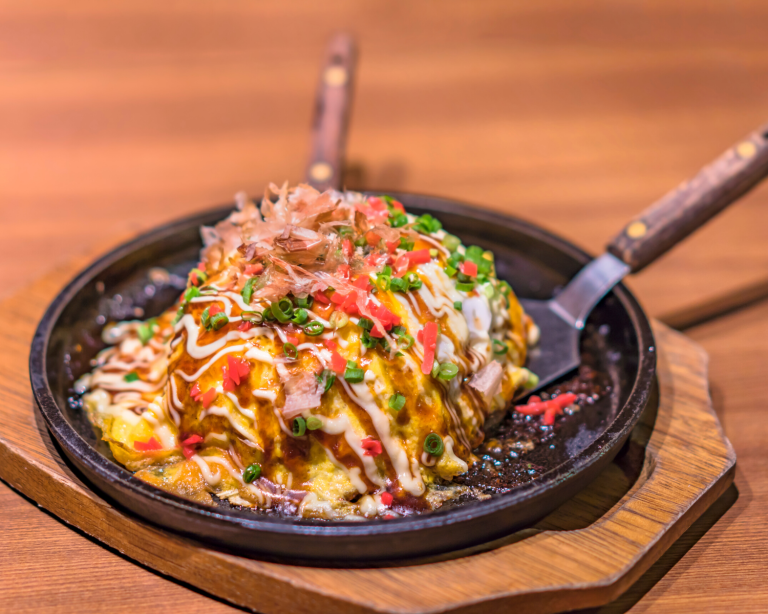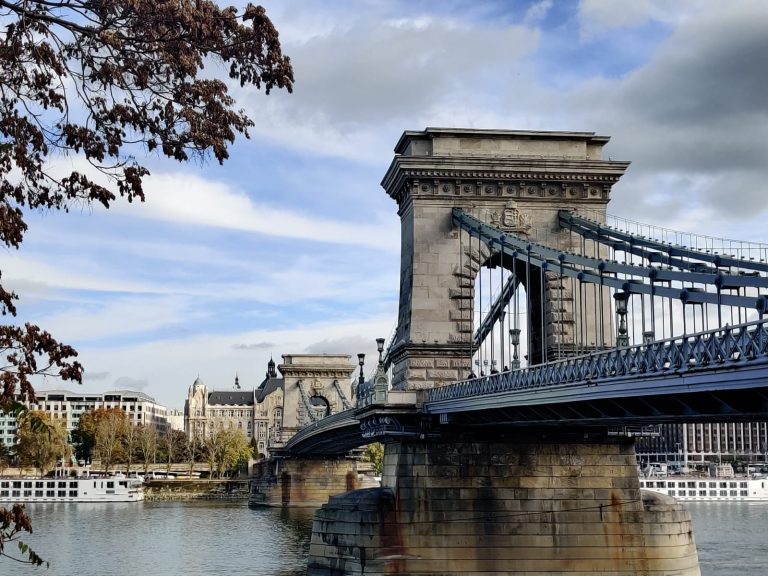India, housing more than 1.3 billion people, is well known for its ethnic diversity.
Each Indian state represents its social & cultural niche.
This 8000-year-old civilization has a rich heritage as it is home to distinct races and religions.
With its rich and intriguing history, splendid monuments, and geographical uniqueness, it is the queen’s crown in the heart of Asia.
India has its discrete identity, whether we’re talking about its culture, artforms, cuisines, spices, dance, music, landscapes, or whatsoever.
It looks like India is famous for tourism since it provides a wholesome of almost everything.
Whether you are looking for mountain spots, beaches, a desert safari, adventure sports, or some eye-catching monuments, it’s all here!
Undoubtedly, India can offer a great travelling experience, but at the same time, it can also impress you with a mindblowing set of Culture Shock Examples examples!
Thanks to these cultural shocks, for some immigrants, it is a challenge to live in India.
1.Chaos, Cacophony & Stray Animals in India
When mentioning culture shock examples from India, the first thing that comes to my mind is the chaos and the cacophony on the bustling Indian streets.
Stepping out in the open for the first time can be an awful and horrendous experience for travellers hailing from Western countries.
Furthermore, the most unexpected thing an outsider will get to see on the roads are stray dogs, chickens, cats, and even cows. Yes, you read it right!
People in India worship cows, and it cannot get crazier. In India, you can’t escape the vivid types of sounds which includes an over symphonious horn from the truck, the unique sounds by the vegetable vendors in lieu to attract more customers, and even the noise from the whistling cooking pans (also known as cookers) which are unique to India.
I dare you to visit a typical street bazaar; the vivid noises are continuously going to hit your eardrums and wear out your auditory cortex.
As a result, in India, the traffic rules are the thing of the past; it’s not offensive to ceaselessly blow horns, and animals are welcomed in almost any corner.
Therefore, before you head on for a tour to India, prepare yourself, enjoy the noise, appreciate the vibe and have fun with the locals, because I am sure you are going to miss this in your home country!
READ : You can’t ignore these 9 marvellous places for street shopping in Mumbai!
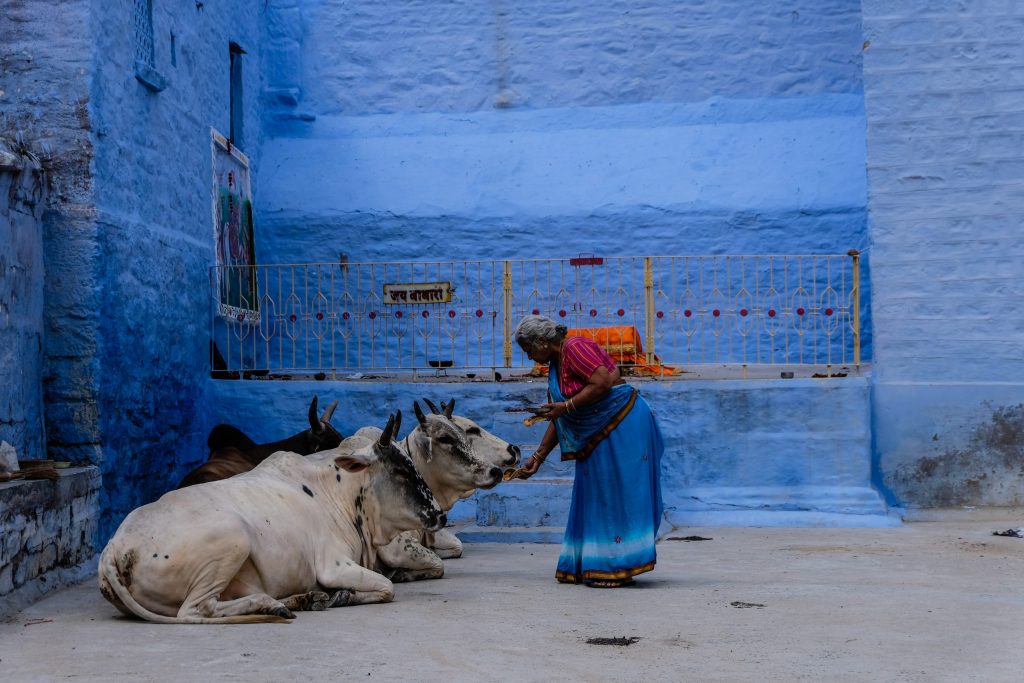
2. Indian Clothes – The Indian way of dressing
Just like the Kimono in Japan and ripped jeans in the United States, Indians, too, have their set of attire.
In contrast to other Western countries, Indians still stick to their traditional attire.
Except for some urbanised cities and towns, in many parts of India, almost all women prefer being draped in traditional clothing.
You will see women wrapped in Sarees, sometimes also with heavy bangles and jewels, even if there is scorching heat in the summer months. Honestly, the summer bikini culture has not impressed India.
Even in the poshest areas of the hipster beach state of Goa, traditional attires are very common.
Basically, as a woman, one needs to be covered in cloth, no matter what the season is! This is a sign of dignity in Indian culture.
So, if you’re visiting some of the traditional Indian towns and you don’t want to breach the etiquette, or else prepare yourself to face some scornful eyes of the locals.
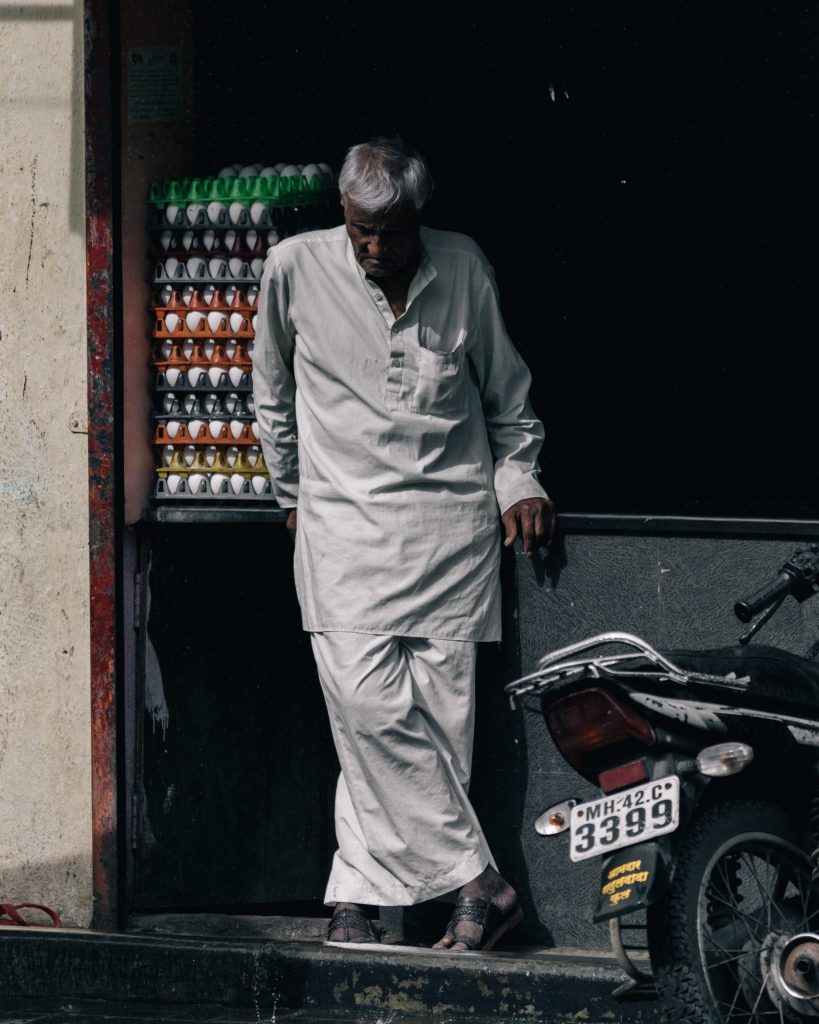
READ : Food in Jammu and Kashmir – 10 dishes you cannot miss!
3. Stark Income Inequality
India holds two worlds within its distinct boundaries, and both are entirely contrasting.
One is a luxurious wealthy community while the other suffers from extreme poverty with limited to no hygiene facilities!
On one side, you can’t stop relishing the ethnic richness, the striking landscapes, and the diverse culture of this incredible nation; on the other hand; you also cannot neglect the staggering heights of pollution and the poverty in the country.
Walking down the roads of Delhi or Mumbai, the two biggest cosmopolitan cities of India, you can have a clear glimpse of this unusual divide between both cultures.
You will see magnificent skyscrapers facing the filthy and shabby slums, the resplendent shopping malls set up along the shoddy bustling bazaars, the same road filled with luxurious cars and also tattered rickshaws and beggars all over.
Should we call this the nature of coexistence?
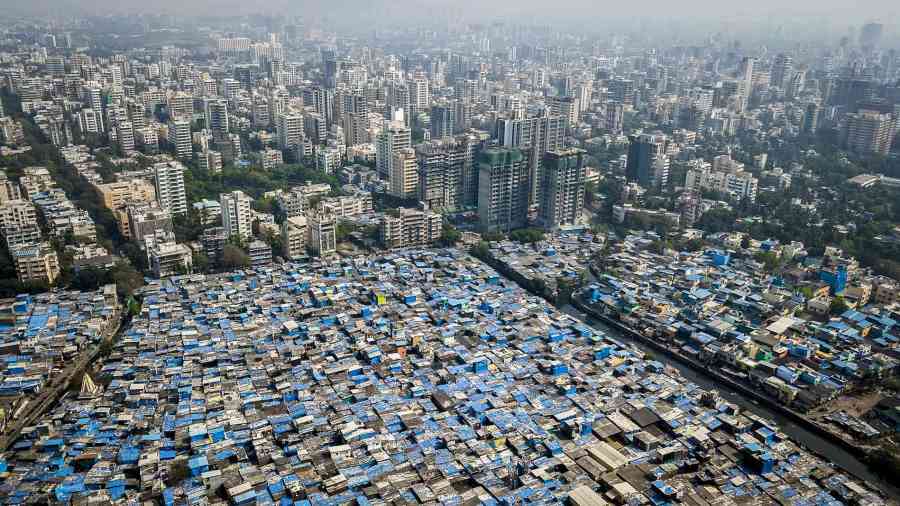
4. Indian Toilets
If you’re visiting India for the first time, the Indian Toilets can turn out to be an uninviting cultural shock.
In many places, you’re going to find Indian style toilets consisting of a deep hole surrounded by slabs to rest your feet on.
You can compare it to the Japanese style toilets. Moreover, you’re not going to find tissue-rolls in any of the toilets.
Don’t worry, Indian toilets are well equipped with water sprays!
A water spray, comically known as ‘Bum Gun’ in various South Asian and Middle Eastern countries, is an essential sanitary tool! Rest, I won’t discuss, just experience it on your next trip, because ‘When in India, do as the Indians do!’ Likewise, be ready to use some of the most annoying washrooms on the planet if you decide to travel by Indian trains.
Nonetheless, for a sigh of relief, high-end hotels, restaurants, and shopping malls are now being supplied with toilet paper to cater to the demand of Westerners.
READ : Phi Phi Island, Thailand – 5 Breath-taking Adventure Sports
5. The Indian People
The next culture shock example from India that can come up to you in are the Indians themselves.
They are very cordial, hospitable, and welcoming people.
They’ll be genuinely curious and interested in your culture and lifestyle.
You will be treated much like a celebrity gaining a lot of extra attention; people asking you to pose for selfies and they may load you with a lot of undesired interrogation.
In the beginning, you may find it weird and uncomfortable, but you need to know that it’s just a friendly approach from their side.
Be prepared to be welcomed with flower garlands at airports, hotels, or restaurants.
Also, privacy and personal space are not something Indians care much about, but don’t blame it all on them; it’s a country with 1.3 billion people!
The Indian culture is all about togetherness, expansive families, and the common phrase they adhere to, ‘Unity in Diversity.’
You better adjust according to the whims and fancies of Indians!
6. Spirituality in India
Our list of culture shock examples from India is incomplete without mentioning about spirituality!
We can discuss endlessly when it comes to the nature of Indian Spirituality.
India is already known for its spiritual and religious side, with a large majority of Hindus, Muslims, Sikhs, Buddhists, and various communities of Christians and Jews. Every avenue (or chowk as they say in India) has one small religious shrine.
Various colonies with Islamic flags add color to streets, while predominantly Catholic areas such as Goa and Pondicherry have their Indo-Western charm.
The Indians see God in everything.
You may see Indians worshipping trees, stones, animals, rivers, and doing different rituals around them.
A Hindu Man during an ongoing ritual in Varanasi.
Hinduism, which is followed by more than 70% of the Indian population, has its roots in India.
There are more than a thousand deities in Hinduism with millions of temples and shrines all over the country. You must get off your footwear before entering any of them. Not doing so can get you in trouble!
Hinduism is the mother of many sub-religions, such as Jainism and Sikhism.
Visit the famous Golden Temple in Amritsar to see the largest communal kitchen on the planet, serving more than 100000 people at no cost every single day, all in the name of God!
This is how dominant spiritual culture in India can get!
Many people in India have a lot of faith in the occult and the supernatural. We get to see many such practitioners called the tantrics, in cities like Varanasi, Mayang, etc.
7.Indian Food
Indian cuisine is as colourful as its culture.
Typically it is loaded with spices, but mild variants are available throughout the country.
Each state has its own set of signature dishes. From deserts such as Rasgulla and Mishti Doi in Bengal to authentic curries of the North.
Wait, you can’t ignore the lip-smacking street-food of Mumbai and the much popular seafood from Kerala.
There is a large variety, but it is this diversity that unities the entire country.
Many have a misconception that all Indians are vegetarians. Let me tell you, 70% of Indians love meat.
There are hundreds of scrumptious meaty dishes you can munch on.
The famous Chicken Tikka Masala, Butter Chicken, and aromatic Fish Curries, all originated from India.
As far as the culture shock is concerned, initially, the westerners may find some food items to be very spicy.
Many tourists have to deal with minor stomach issues in the initial days of their Indian trip, but eventually, they end up loving those flavours.
READ : Budapest on a Budget – Things to do in Budapest
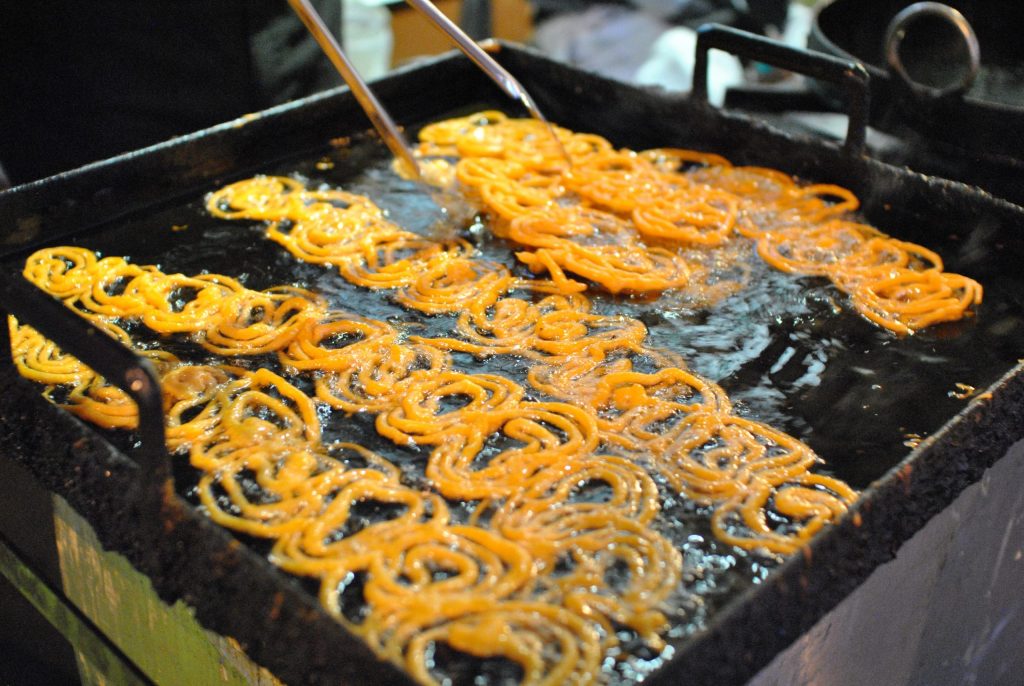
I am sure your home country might have its own list of culture shock examples. Comment below about them!
I hope this list helps you cope up with the quirky side of this incredible country.
India is enchanting and undoubtedly an amazing place to visit, but these are a few things that can make your journey a little unpleasant if you are not aware enough.
So, do keep them in mind before you plan a trip to this holy and beautiful land.

